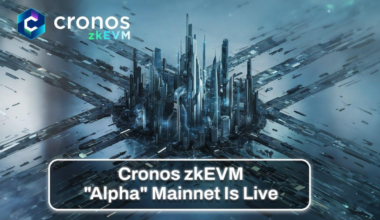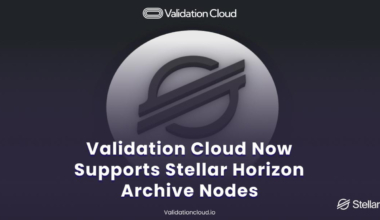The Optimism network experienced a significant surge in transactions, increasing by 67%, after its “Bedrock” upgrade on June 7, as stated in a Twitter thread by blockchain analytics firm Nansen.
Prior to the upgrade, the network recorded less than 300,000 transactions per day, but this number surged to over 550,000 by mid-June.
The Bedrock hard fork aimed to enhance deposit times, reduce fees, and bolster the network’s security. Notably, daily fees on the Optimism network dropped from $80,000 worth of Ether before the upgrade to $50,000 by late June, according to the Nansen report.
Following the implementation of the Bedrock upgrade on June 6, the Optimism network witnessed an immediate increase in transactions, surpassing 400,000 from June 5 to 9.
Although transaction volume growth slowed down after the initial spike, it reached its peak at over 550,000 around June 15.
Subsequently, the transaction count gradually declined, settling at around 500,000 per day by the end of the data collection period (around June 23), as indicated by a chart shared in Nansen’s Twitter thread.
During the analyzed period, the leading Optimism application was Galxe, a decentralized credential protocol, which registered over 528,000 transactions in a week.
Following closely was the USD Coin stablecoin with a transaction count exceeding 170,000. The remaining top five applications on the Optimism network included the Stargate Finance cross-chain bridge, the Perpetual Protocol futures trading app, and the Gnosis Safe multisignature wallet.
The Bedrock upgrade was part of a broader initiative to establish a “Superchain” comprising multiple blockchain networks utilizing the same software for enhanced security and interoperability.
Coinbase confirmed its Base network’s participation in the Superchain, joining forces with Optimism. The Base team also released its preliminary roadmap, titled “Path to Mainnet,” on May 24, outlining their plans for future developments.



